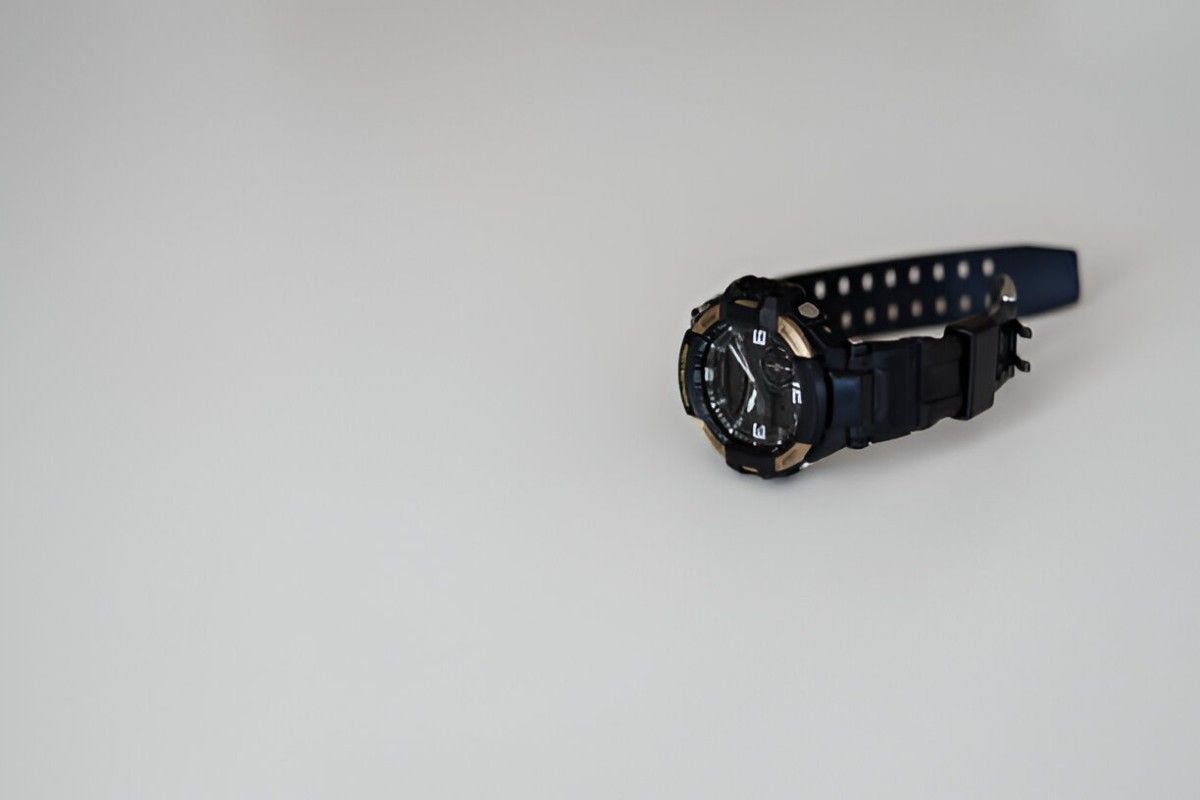When it comes to investing in tangible assets, watches often emerge as a fascinating category. Among the multitude of watch brands, G-Shock—produced by Casio—has carved out a distinct niche. These watches are known for their durability, innovative design, and robust performance. But are they a sound investment? Let’s dive into the intricacies of G-Shock watches as investment assets.
Table of Contents
Understanding G-Shock Watches
G-Shock watches debuted in 1983, revolutionizing the watch industry with their rugged design and shock-resistant structure. Casio aimed to create a timepiece that wouldn’t break, even under extreme conditions. Today, G-Shock is synonymous with toughness and reliability, appealing to adventurers, professionals, and collectors alike.
Their key features include:
- Durability: Shock-resistant, water-resistant, and built for extreme conditions.
- Technological Advancements: Solar charging, atomic timekeeping, and Bluetooth connectivity.
- Variety: Models range from basic functional designs to high-end limited editions.
Given these qualities, G-Shock watches attract a diverse audience. However, the investment potential lies beyond their functionality.
Factors That Influence Investment Value
The value of a G-Shock watch as an investment depends on several factors:
1. Rarity
Limited edition models and collaborations often become highly sought after. For instance, the “MT-G” and “MR-G” series, as well as collaborations with brands like Supreme or artists like Kikuo Ibe, attract significant attention.
| Model | Release Year | MSRP ($) | Current Value ($) |
|---|---|---|---|
| G-Shock Frogman GWF-D1000 | 2016 | 1,000 | 1,500 – 2,000 |
| G-Shock x Supreme | 2013 | 250 | 800 – 1,200 |
| G-Shock Rainbow MTG-B1000RB | 2019 | 900 | 1,300 – 1,800 |
2. Condition
Collectors prioritize mint-condition watches. Original packaging, warranty cards, and authentication certificates enhance value.
3. Historical Significance
Models tied to milestones, anniversaries, or historical events often gain value over time. For example, the first-ever G-Shock, the DW-5000C, holds nostalgic and historical appeal.
4. Market Trends
Watch investments are influenced by broader economic conditions and shifts in consumer preferences. In times of economic uncertainty, tangible assets often become more attractive.
Pros and Cons of Investing in G-Shock Watches
Pros
- Affordability: Many G-Shock models are accessible compared to high-end luxury brands.
- Durability: These watches withstand wear and tear, reducing maintenance concerns.
- Niche Appeal: Strong fan base ensures consistent demand for rare models.
- Collectibility: Limited editions often appreciate in value over time.
Cons
- Limited Appreciation: G-Shock watches, especially standard models, may not see significant value growth.
- Liquidity Issues: Selling rare models can be time-consuming.
- Market Volatility: Watch markets fluctuate, impacting short-term profitability.
Case Study: ROI Analysis of a Limited Edition G-Shock
Let’s examine the return on investment (ROI) of the G-Shock Frogman GWF-D1000. Released in 2016 for $1,000, this model is highly collectible.
- Purchase Price (2016): $1,000
- Current Market Value (2025): $1,750 (average of $1,500 – $2,000)
- ROI Calculation:
This example highlights how select models can generate substantial returns, especially if held for several years.
Tips for Investing in G-Shock Watches
1. Research Thoroughly
Understand the watch’s history, production numbers, and market demand before buying.
2. Focus on Limited Editions
Investing in limited editions increases the likelihood of appreciation.
3. Preserve Condition
Keep the watch in pristine condition. Avoid wearing it if you intend to sell it later.
4. Engage with Communities
Joining collector forums and attending trade shows can provide valuable insights into market trends.
Comparison with Other Watch Investments
G-Shock watches differ significantly from luxury brands like Rolex or Patek Philippe in terms of investment dynamics.
| Attribute | G-Shock | Rolex | Patek Philippe |
|---|---|---|---|
| Initial Cost | Low to Medium ($100-$1,500) | High ($5,000-$50,000) | Very High ($20,000-$100,000) |
| Target Audience | General consumers, collectors | Luxury buyers, investors | High-net-worth individuals |
| Value Appreciation | Moderate for limited editions | High | Very High |
| Liquidity | Moderate | High | High |
While G-Shock offers affordability and collectibility, luxury brands generally provide higher and more predictable returns.
Conclusion
Are G-Shock watches a good investment? The answer depends on your objectives. If you’re looking for an affordable entry point into watch investments with potential for moderate gains, G-Shock is a viable option. However, success requires research, patience, and a focus on rare or limited models. Ultimately, these watches offer more than monetary returns; they are durable, stylish, and iconic pieces of functional art.





